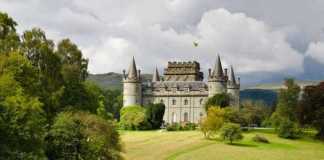Peru is a South American country of great contrasts. It has a Pacific coastline yet inland there are the peaks of the Andes running from its north to south east and the beginnings of the Amazon Basin. Lima, the capital, is on the coastline and has a population of 10 million from a national population of 32 million. The Incas lived in its mountains centuries ago before the arrival of the Spanish whose presence had a major impact on the whole region. Peru has been independent for just over two centuries yet instability has been a feature for long periods since.
Its economy is growing with the major exports being mineral ores, especially copper, silver, gold and zinc as well as textiles. Copper represents 60% of Peru’s income yet to date only a small percentage of the land has been properly explored. Peru could well have huge reserves of minerals that have yet to be found yet there will be environmental questions if extensive mining of resources ever takes place. There are many natural attractions in Peru while a variety of influences have played a part in country’s culture and cuisine. Its agricultural production includes a range of vegetables, coffee and cocoa. The rural population is 20% of the national total.
You will not be disappointed if you choose Peru as a holiday destination. Its rich history even predates the Incas while its natural features are equally impressive. There are 13 UNESCO World Heritage Sites in Peru and some are among the most famous anywhere. Peru deserves time and below you will find out many reasons to agree with that observation. Here’s what Peru is famous for.
Contents
What Is Peru Known For?
1- Machu Picchu
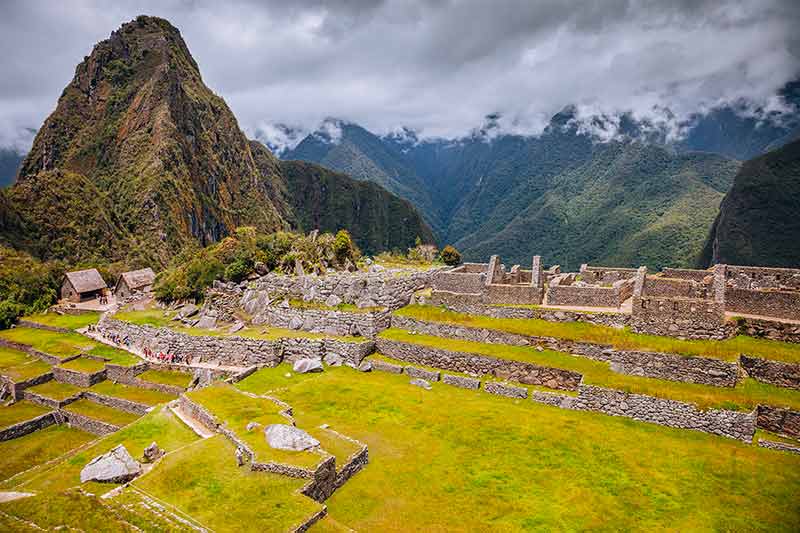
The 15th-century Inca citadel, Machu Picchu in Southern Peru lay hidden for many years from the fall of their empire with the arrival of Spanish.
This “lost city” was rediscovered by the “western world” by accident by an American Hiram Bingham in 1911 and quite rightly it became a UNESCO World Heritage Site in the 1980s.
An internet poll to vote on the New Seven Wonders of the World included this amazing site that is located at almost 8,000 feet (2430 metres).
A degree of reconstruction is still taking place on outer buildings; there are three main buildings including two temples.
The Incas had no written language so therefore no historical records.
However, it is thought that Machu Picchu was the estate of Inca Emperor Pachacuti with the site abandoned a century later in 1550 to avoid it being discovered by the conquering Spanish who never saw it. Skip the lines and book your entry tickets here.
2- Cusco
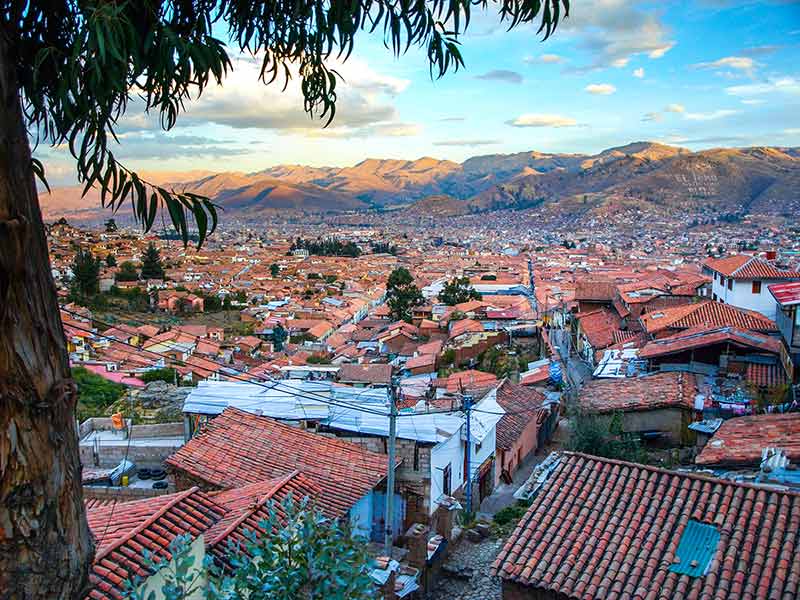
Cusco is the gateway to Machu Picchu, the Inca capital and a UNESCO World Heritage Site.
It is a fascinating place to walk around admiring the colonial architecture and the Inca walls around its square, Plaza de Armas.
Such was the skill of the Incas that the walls did not require any mortar to remain in place.
Another highlight is the Santo Domingo Convent that stands on the original Inca Temple of the Sun site.
The site of 1536 battle between the Incas and Pizarro’s forces, Sacsayhuaman, is close by, as well as significant ancient ruins.
Today, the indigenous population, the Quechua live in Cusco with places using their names as well as the Spanish equivalent.
Its popularity with tourists means it is a thriving city with an excellent infrastructure to cater for them. You can join a tour to Machu Picchu from Cusco.
3- Colca Canyon
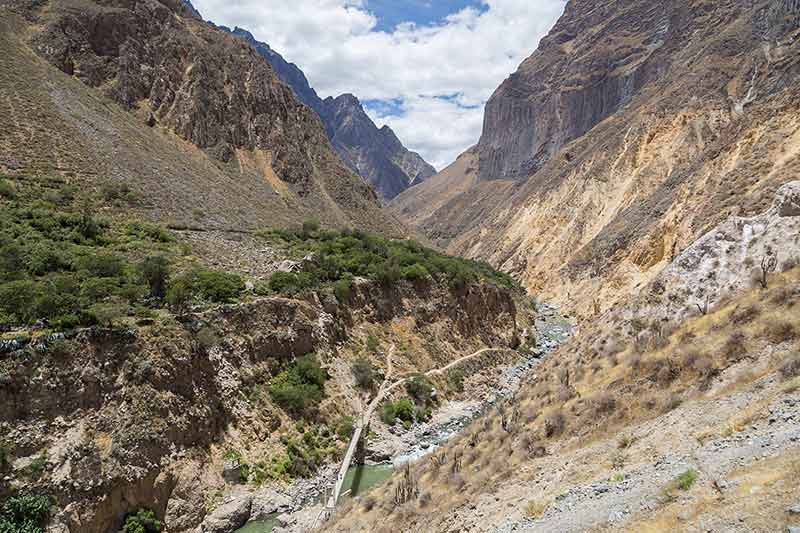
This impressive canyon in Southern Peru is South America’s equivalent to the Grand Canyon in the USA.
It is 43 miles (70 kilometres) long with depths varying between 1,000 to 2,000 metres (3300 – 6600 feet).
Indigenous people lived in the canyon before even the Incas and then the arrival of the Spanish established settlements which still exist today with the locals still growing produce on the stepped terraces.
The first roads were built in the 1940s to cater for the mineral ore mining in the region with others built a few decades later.
The Guinness Book of Records has the canyon as the deepest in the world and National Geographic has backed that up.
GPS makes it an easy exercise to measure everything in modern times.
Despite it still being fairly inaccessible, the canyon is among the most popular tourist sites in Peru.
Recommended tour: From Arequipa: 2-Day Colca Canyon Tour with Transfer to Puno
4- Rainbow Mountain
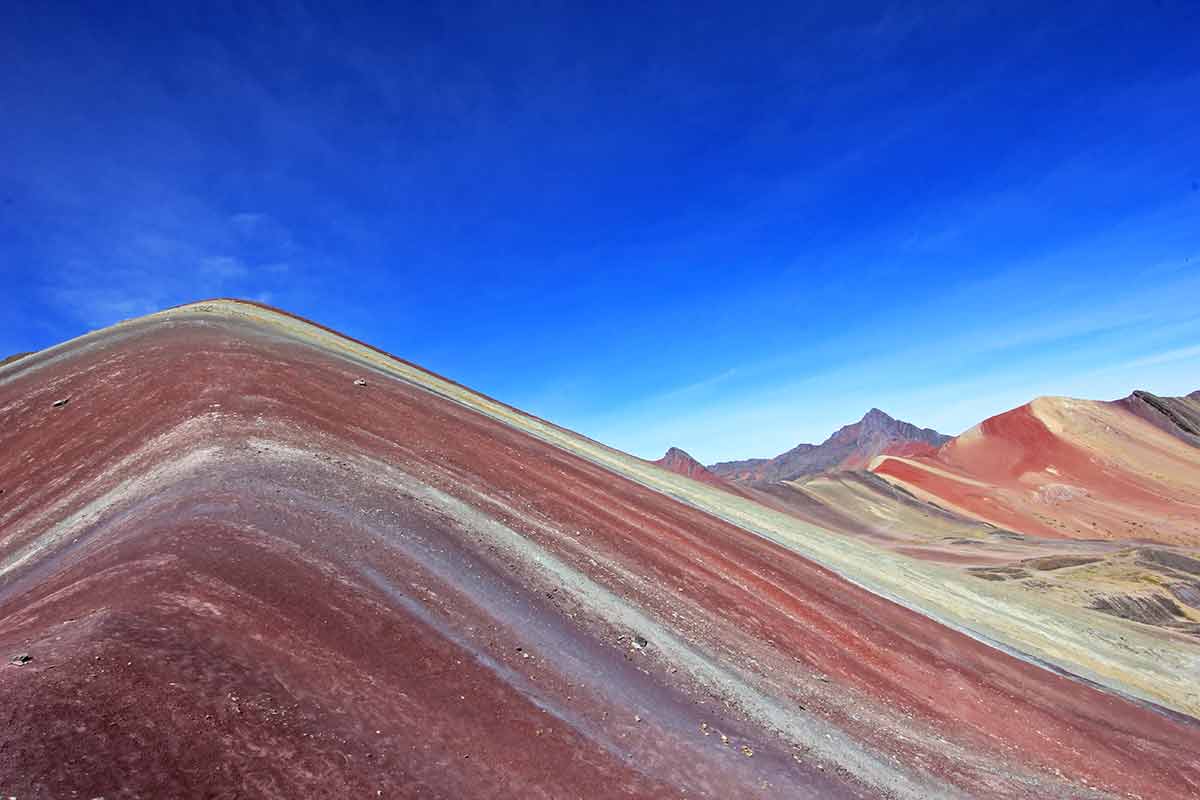
Montana de Siete Colores (Mountain of Seven Colours) is 5,200 metres (17,100 feet) above sea level.
Cusco to the north west is a two-hour drive away, although you will then have a 5-kilometre (3 mile) hike before you actually get there.
You can drive on for 3.5 hours instead then take a steep climb for up to 90 minutes as an alternative, but would you?
There are no plans to improve accessibility but such is the beauty of the place that determined travellers are certainly rewarded if they make the effort.
You can alternatively go up around 75% of the way on horseback.
Because of the altitude, visitors will need to acclimatise to avoid getting altitude sickness as they hike up to the summit.
At one time, the mountain was covered by glaciers but they have all melted.
5- Lima
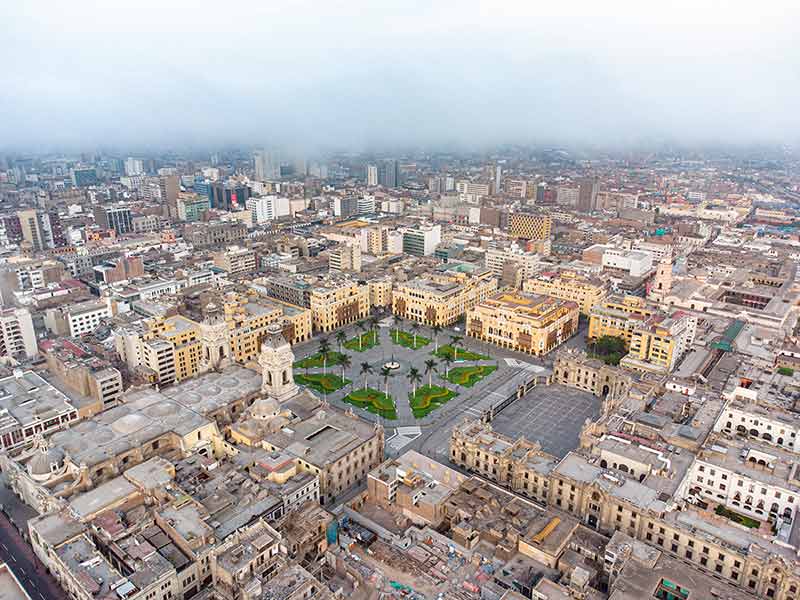
The national capital is on the Pacific Coast and often the place where overseas visitors first reach Peru.
There is enough to do and see to justify some time her before heading on to enjoy the many natural wonders of Peru.
The historical centre is well preserved with the Plaza de Armas and the 16th Century Cathedral very interesting but perhaps the best landmark is the San Francisco Monastery with its catacombs.
While it was the Spanish who founded what is now known as Lima, back in 1535, this region was inhabited for many centuries before their arrival.
Museo Larco and Museo de la Nacion are educational.
Districts like Miraflores on the coast have excellent hotels and restaurants and it is a pleasure to walk along the edge of the Pacific, stopping for refreshments along the way.
There are also a number of interesting day trips to places outside the city itself.
6- Nazca Lines
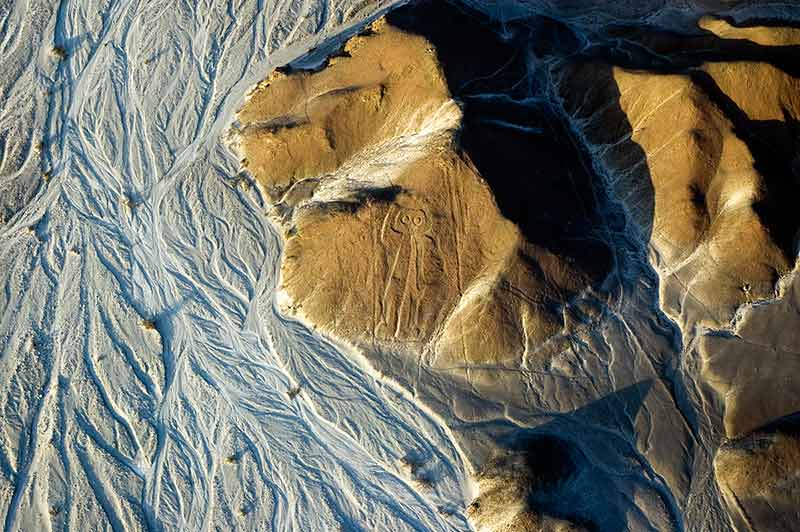
The scale of the Nazca Line in Southern Peru is such that they are best seen from the air.
They are thought to have been created between 500 BC and 500 AD.
Indigenous peoples made depression lines in the earth, removing pebbles as they went along exposing different earth colours.
Drones have revealed more recently and archaeologists believe there are still more to be found.
There are figure designs as well, with everything varying between 10 to 15 centimetres (4-6 inches) deep and anything up to 1.8 metres (6 feet) wide but usually narrower.
Nearby hills offer a decent view of the Lines which are anything up to 370 metres (1,200 feet) long.
The dry, windless climate has meant the Lines have been preserved naturally.
UNESCO has recognised this region as a World Heritage Site and it is likely that the Lines were of religious significance to their creators.
7- Lake 69
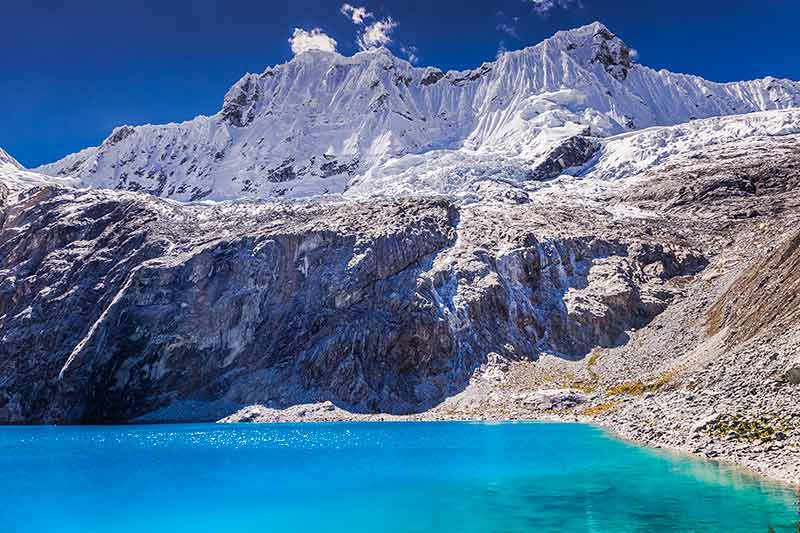
This small lake near the city of Huaraz in North Central Peru is one of 400 in Huascaran National Park, a region that is hugely popular with hikers, mountaineers and naturalists.
UNESCO has also recognised the value of this region.
Incidentally, when the snow melts, you will be able to see the waterfall from Chacraraju falling into the lake.
Most of the lakes in the region already had names in the indigenous people’s language, but not “69”.
Its name is as a result that it did not have a name before the creation of the National Park in 1975 and the authorities required a numeric name so as to include it among the Park’s features.
There are defined hiking routes along which there are several cataracts and waterfalls.
Anyone wanting a great setting for walking and simply enjoying a wonderful natural environment should look at Huascaran and Lake 69.
8- Amazon Jungle
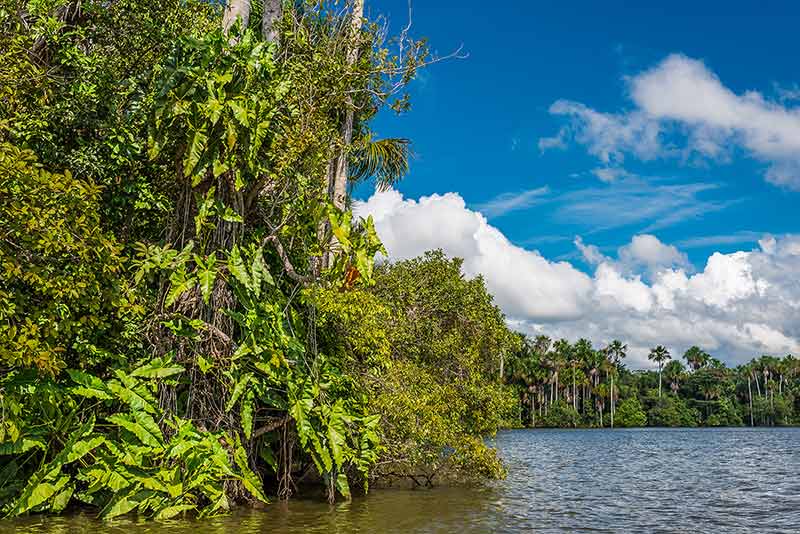
The Peruvian Andes is largely a jungle area within which there are few people but plenty of attractions, including its wildlife.
There is a lowland section, all below 1,00 metres (3,300 feet), where the climate is warm with high rainfall and humidity.
There are many small rivers with the Apurimac the source of the mighty Amazon itself.
There are several reserves and conservation areas within the “lowlands.”
The highland jungle is anything up to 3,800 metres (12,500 feet).
This part is very rich in flora and fauna, its isolation of real benefit to the fauna.
The climate is slightly cooler than the lowland jungle but still warm.
No country in the world has more bird species than Peru while there is a wide range of mammals as well as beautiful orchids and butterflies.
Recommended tour: Tambopata Peruvian Amazon Jungle for Three Days/Two Nights
9- Huge Sand Dunes
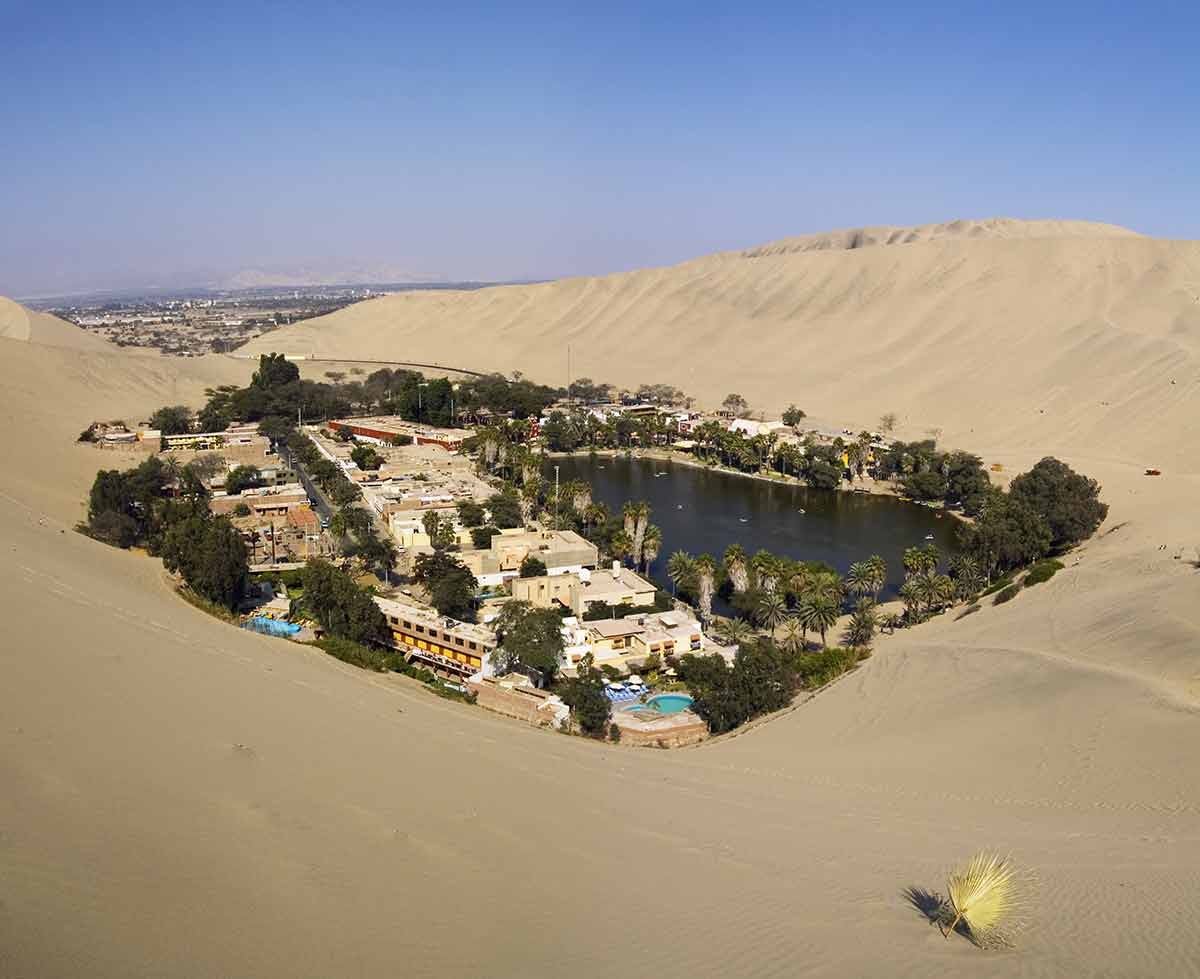
There is a small village on a small oasis in South West Peru, Huacachina, close to the city of Ica.
There are only 100 permanent residents in this coastal desert region yet thousands of tourists visit annually so the infrastructure has developed to cater for visitors.
Visitors originally came because of its therapeutic mud and water.
Legend has it the huge sand dunes here were created from the clothing of a fleeing native princess who was bathing in the waters when she was surprised by a male hunter.
She fled and her clothing formed the dunes.
Some of the dunes are 500 metres (1,650 feet) high so sand boarding and driving a dune buggy have added to the appeal of this district.
Families from different parts of Peru have been regular visitors to Huacachina for many years and in recent years, overseas tourists have joined them. Join a private Huacachina Oasis tour and buggy ride.
10- Andean Wildlife
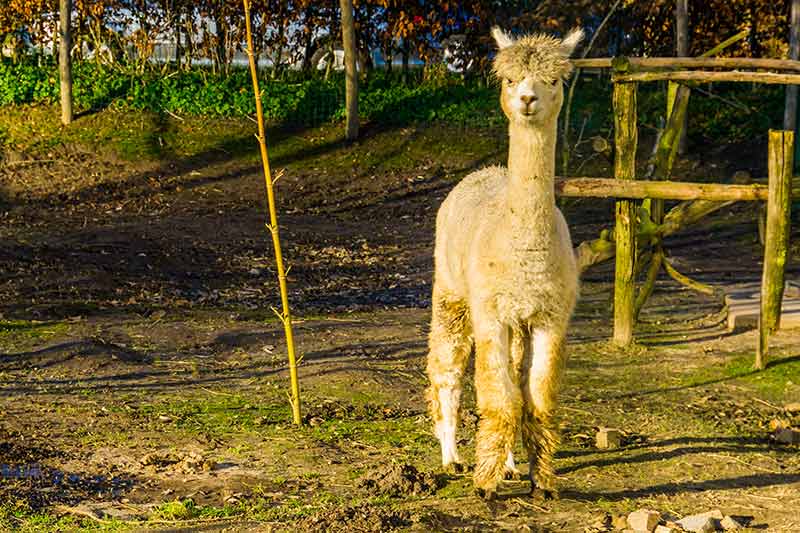
South America has a number of iconic species, animals and birds.
Peru can boast many of them, including the largest and heaviest flying bird, the condor.
With a wingspan of three metres (10 feet), they can be seen soaring high above in places such as Colca Canyon and Huascaran.
Llamas and Alpacas are synonymous with Peru with the former a pack animal for locals for many centuries.
Some of the best wool found in the world comes from Alpacas – it is soft and warmer than goose down – and Peru is the leading producer of alpaca fibre in the world.
Peru has the world’s largest alpaca population, with more than 3.6 million animals, so it’s worth visiting an alpaca farm.
The Andean Spectacled Bear (locally jukumari) is the only bear in South America.
They prefer living at high altitude (over 4,000 metres which is 13,200 feet) and are still found in the north near the border with Ecuador.
Chinchilla is endemic to Peru and found in Southern Peru where pumas are also roaming in search of prey.
11- Lake Titicaca
Lake Titicaca, the largest in Latin America, on the Peruvian-Bolivian border is the world’s highest navigable body of water for commercial craft.
It is thought that the Incas began here and there are plenty of local ruins that support that theory.
The problem is that the Incas have no written language and therefore no records.
It is inevitably calm and the National Reserve here is home to rare aquatic life including giant frogs.
There are two sub-basins, the larger of the two with an average depth of 135 metres (443 feet).
The smaller one’s average depth is just nine metres (30 feet) although some parts reach 40 metres (131 feet).
Five river systems feed the lake which is almost 4,000 metres (13,200 feet) above sea level.
You will find a number of islands on the lake, several of which are densely populated.
The largest city on the lake is Puno with a population of 130,000!
12- Natural Resources
Peru is a country rich in minerals; it is the second largest producer of copper in the world.
In addition, there are impressive reserves of lead, zinc, silver as well as gold.
Given such a small percentage of the country has been explored and developed, what more might exist?
Minerals have played a vital role in Peru’s growth over many decades but that growth has come at an environmental cost.
Pockets of rural protest have become a regular feature yet they have had minimal effect in the face of huge industrial concerns.
Few countries have greater reserves of silver, zinc, lead, tin and boron and certainly Peru leads the way as far as South America is concerned.
When commodity prices rise, Peru’s wealth increases.
Oil and gas are found in the country as well.
13- Pisco

This colourless (or yellow/amber) spirit is made by distilling fermented grape juice to make a really strong alcoholic drink.
It dates back to the 16th century and the Spanish but it is now very much Peruvian, and the national drink.
Wine commercial production began just after the midpoint of the 16th Century and continued to grow through the 17th century such was the availability of grapes.
The process of pisco being drunk by itself as opposed to being used to fortify wine to produce the equivalent of Madeira or Marsala was not instant but once it happened, pisco was born.
Grapes grow in many areas and hence there is minimal need to transport alcohol to remote regions.
Pisco was a Pacific colonial port that was essential for trade with Spain in those days.
14- Chocolate
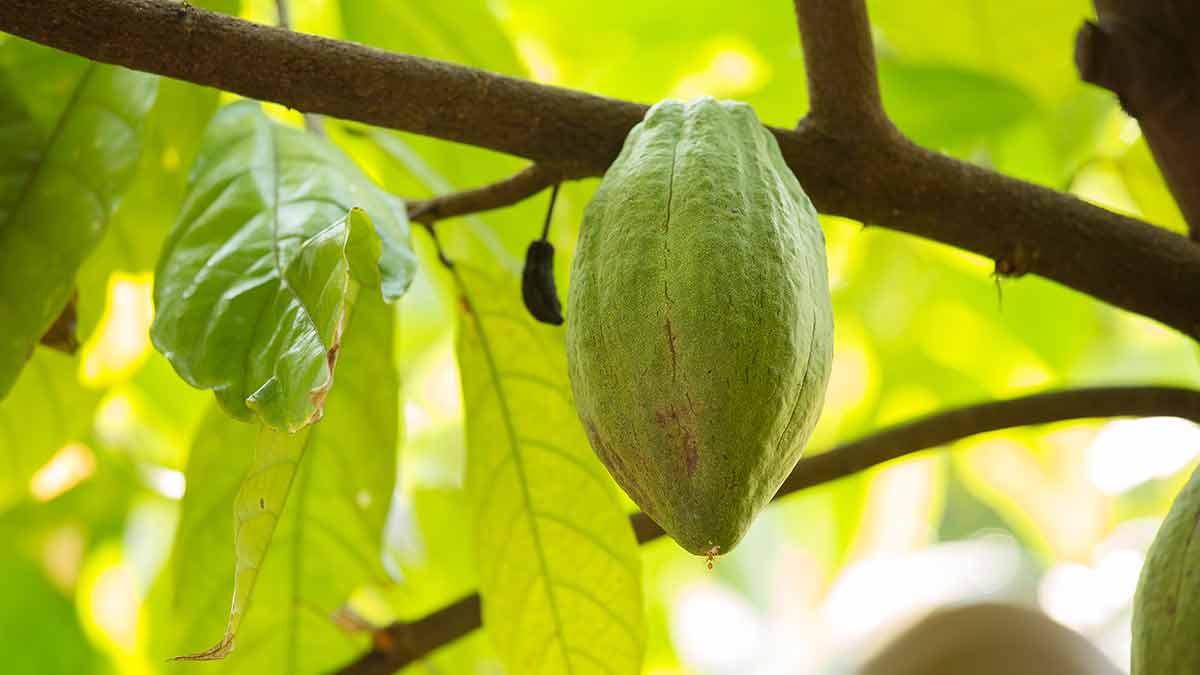
Peruvian Chocolate is rightly seen as among the world’s best.
Some would say the best.
The cacao bean has been grown here for 5,000 years or so and was used to make a hot drink in winter.
Peru now produces 36% of the world’s cacao, and 75% of the organic form.
There are numerous varieties of beans and no country has more than Peru.
It means that the country can claim the best colours, aromas and flavours.
Peru has developed significant export markets, mostly in recent years.
While its near neighbours, Chile, Ecuador and Bolivia are significant customers, the biggest market is the USA with the annual value of the business around $15.3 million.
A great way to discover more is by joining a Truffles and Filled Chocolate Making Workshop.
15- Peruvian Cuisine
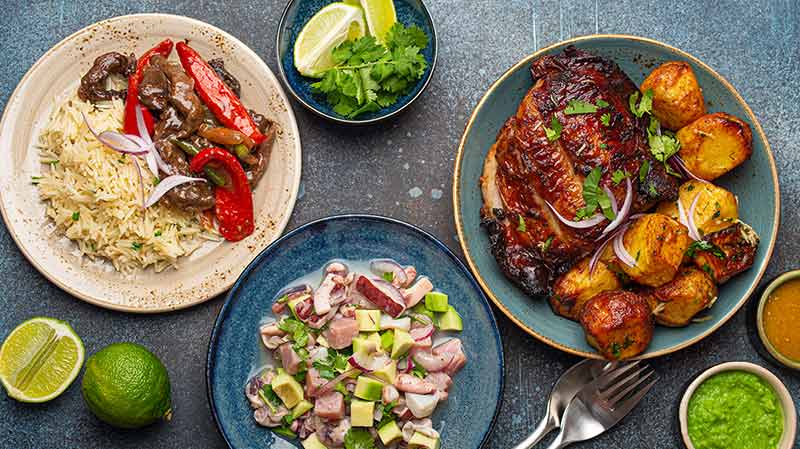
Ceviche is a seafood-based dish that is eaten widely but it is the Peruvian version that UNESCO has recognised for its cultural vale.
There is a restaurant in Callao that claims to have sold huge amounts over the years, suggesting it is something that every local orders.
Another favourite is quinoa, similar to spinach.
It has been fed to livestock since ancient times, and it is now grown in many countries of the world as a human crop because of the protein it provides to the diet.
There are several native fruits, fish and potatoes in the Peruvian diet.
Lima offers a wide range of food because of the foreign influences absorbed there; European, African, Creole, Asian and Arabic. It’s worth taking a tour of Peru’s food history.
Did you know that Peru gave the world the potato?
It was growing near Lake Titicaca thousands of years ago.
Its introduction into Europe soon changed so much of the diets of people throughout the whole continent.
It is thought that the Incas were the first to cultivate potatoes, having found then growing wild and hence the Spanish found it when they colonised the region.
At that time, potatoes were growing at altitude but that is not a prerequisite of growing them successfully of course.
There are few places where potatoes are not grown in Europe and North America.
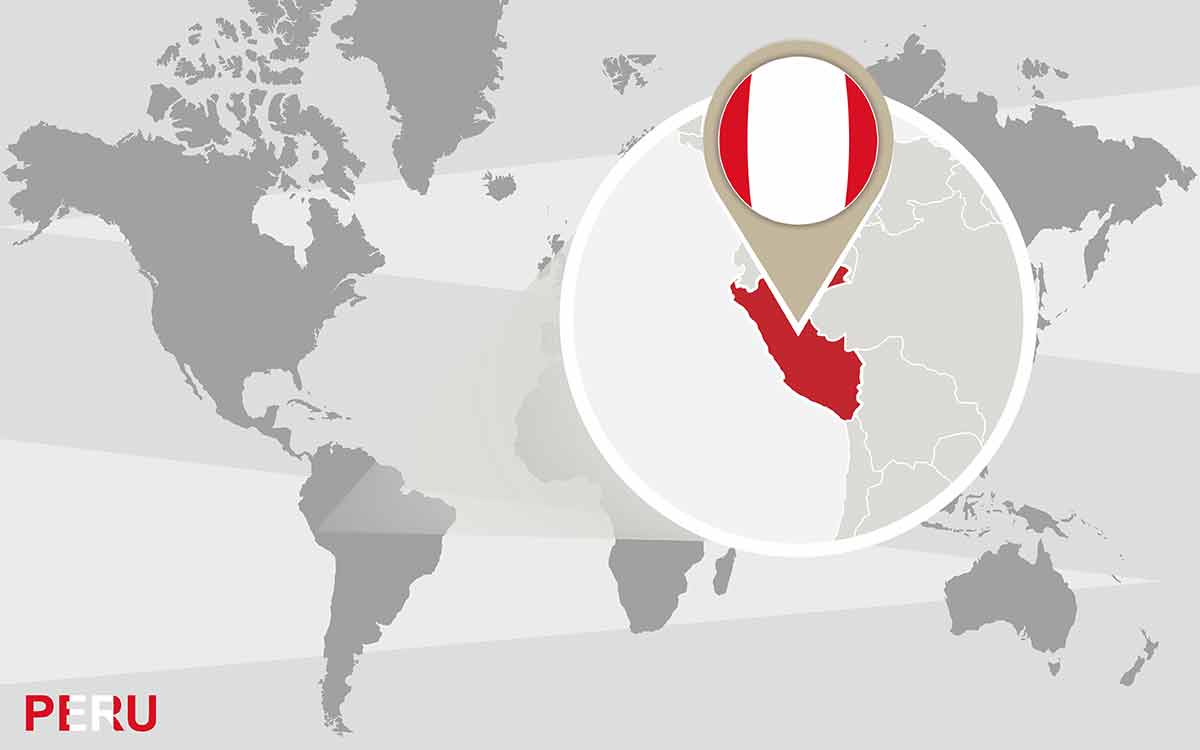
Plan Your Trip

Rent A Car – Find the best car rental rates at Discover Cars. They compare car hire companies to provide you with the best deal right now.

Find A Hotel – If you’re curious about this article and are looking for somewhere to stay, take a look at these amazing hotels.
